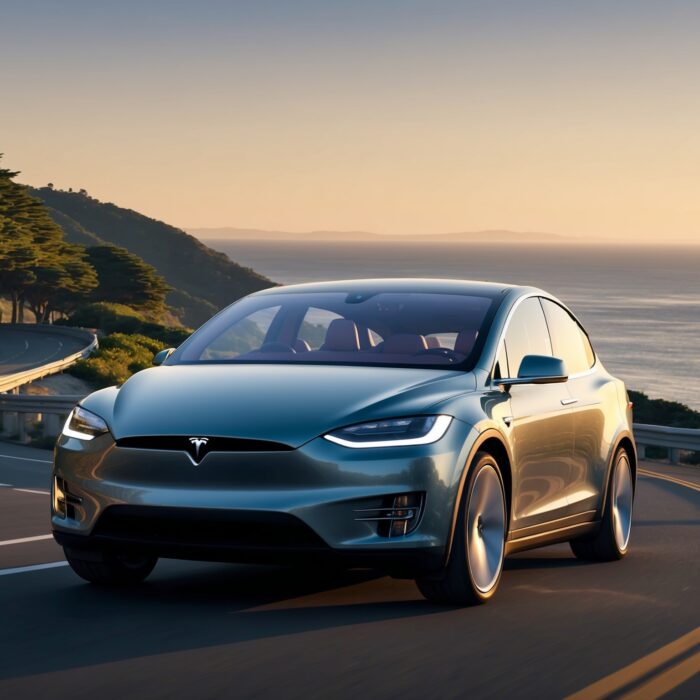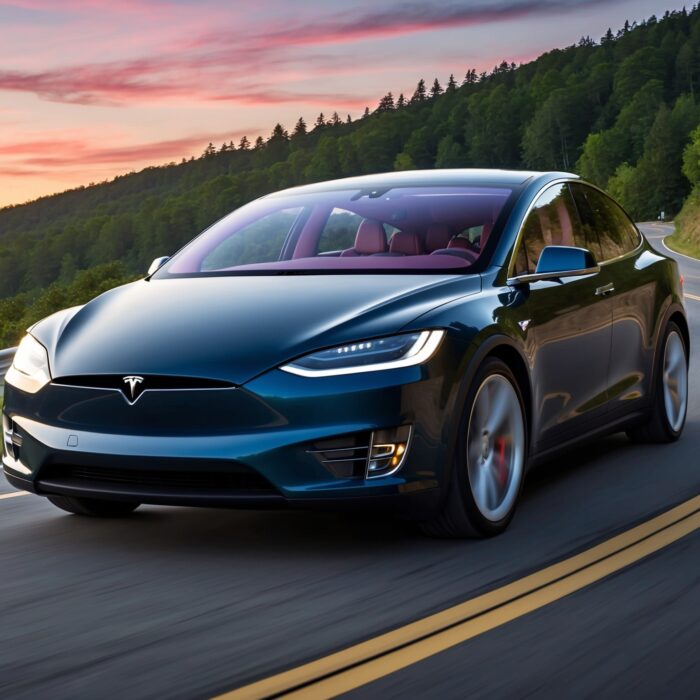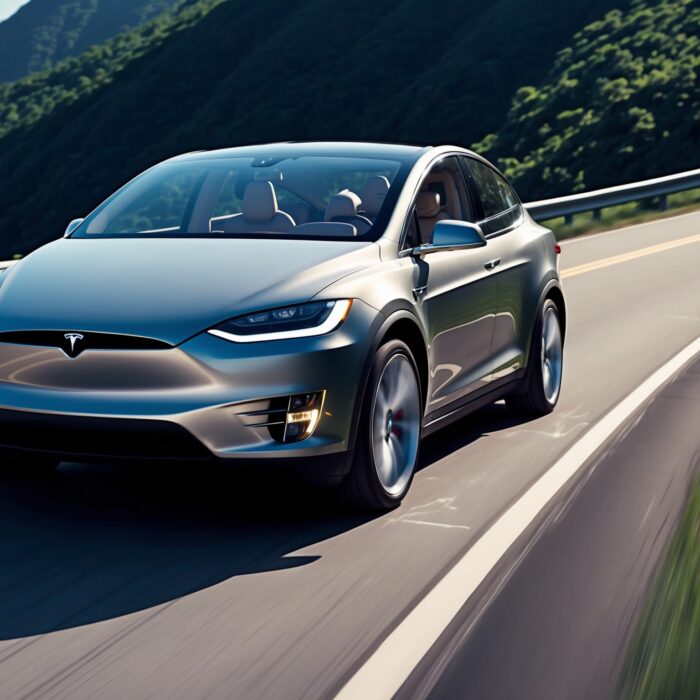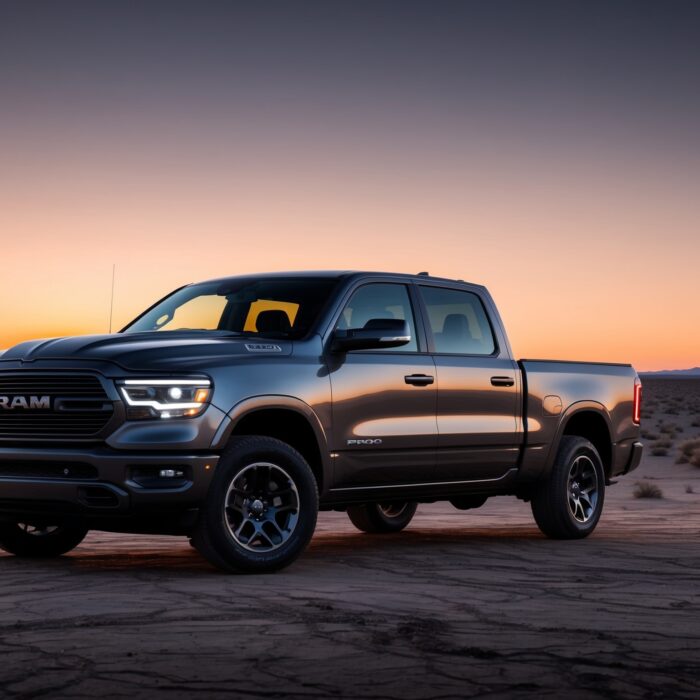Tesla’s Weight Loss: Shedding 400 Pounds from Model X
When it comes to electric vehicles, few names resonate as strongly as Tesla. Known for pushing the boundaries of technology and design, Tesla has always been at the forefront of the EV revolution. The latest news from the Tesla camp? The Model X has undergone a significant transformation, shedding an impressive 400 pounds. Let’s dive into what this weight loss means for the vehicle and how it could impact the electric vehicle market as a whole.
Why Weight Matters in an Electric Vehicle
Weight is an essential factor in automotive design, particularly for electric vehicles. With battery packs serving as the primary source of power, the overall weight of the vehicle can significantly affect performance, range, and efficiency. A lighter vehicle typically means:
- Improved Range: Less weight means less energy consumption, allowing the vehicle to travel farther on a single charge.
- Better Acceleration: Lighter cars are quicker off the line, providing a sportier driving experience.
- Enhanced Handling: A reduction in weight often leads to improved dynamics, making the car more agile and responsive.
So, when Tesla announced that the Model X has shed 400 pounds, it wasn’t just a number; it signified a host of benefits for drivers and enthusiasts alike. But how did Tesla achieve this remarkable feat? Let’s break it down.
How Tesla Achieved This Weight Loss
The weight reduction in the Model X comes from a combination of innovative engineering, material science advancements, and design optimizations. Here are the key areas where Tesla focused their efforts:
1. Advanced Materials
One of the most significant changes comes from the use of advanced materials. Tesla has increasingly turned to lightweight materials such as:
- Aluminum: This metal is lighter than steel and offers excellent strength-to-weight ratios. Tesla has utilized aluminum for various structural components, reducing overall weight without compromising safety.
- Composite Materials: The introduction of composite materials in the body panels and parts of the chassis has also played a significant role. These materials provide durability while weighing less than traditional options.
2. Battery Technology Improvements
As battery technology evolves, Tesla has managed to create more efficient batteries that not only provide more power but are also lighter. The new battery packs are designed to maximize energy density, allowing for more energy storage in a smaller and lighter package. This change is crucial, as the battery pack is one of the heaviest components of any electric vehicle.
3. Streamlined Design
Tesla has always been known for its sleek and aerodynamic designs, but the Model X has taken this to another level. By refining the body shape and optimizing the vehicle’s aerodynamics, Tesla has reduced drag, which contributes to better efficiency and performance. Furthermore, removing unnecessary features and components has also led to weight savings.
4. Simplification of Components
Reducing the complexity of the Model X’s mechanical components is another way Tesla has trimmed the fat. By designing simpler systems for things like the suspension and drivetrain, Tesla has managed to eliminate excess weight while maintaining performance. This approach not only lightens the vehicle but also enhances reliability and reduces maintenance needs.

The Impact of Weight Loss on Performance
So, what does shedding 400 pounds actually mean for the Model X in practical terms? Let’s explore some of the performance metrics that are expected to see significant improvements:
Acceleration and Top Speed
The reduction in weight translates to improved acceleration. The Model X is already known for its impressive speed, but this weight loss will allow it to reach its top speed even faster and improve its 0-60 mph times. Lunchtime races with friends just got a whole lot more interesting!
Also Read: Tesla's Weight Loss: Shedding 400 Pounds from Model X
Range Anxiety? Not Anymore!
Range anxiety has been a common concern for electric vehicle owners. However, with the weight reduction, the Model X is expected to see a boost in its range. This means drivers can travel longer distances without needing to recharge, making the vehicle more practical for long road trips and daily commutes alike.
Handling and Ride Comfort
With a lighter frame, the Model X will likely exhibit better handling characteristics. The vehicle’s response to steering inputs will be sharper, and the ride comfort should improve thanks to a better weight distribution. This enhancement makes for a more enjoyable driving experience, which is something every car enthusiast can appreciate.
Environmental Impact and Sustainability
Tesla has long prided itself on its commitment to sustainability, and weight reduction plays a crucial role in that mission. A lighter vehicle consumes less energy, which means a lower carbon footprint when driving. Additionally, using recyclable materials in the construction of the Model X aligns with Tesla’s dedication to environmental responsibility.
As the automotive world shifts toward more sustainable practices, Tesla’s innovations in weight reduction set a benchmark. This could encourage other manufacturers to adopt similar strategies, leading to a broader positive impact on the environment.
The Competitive Landscape
With the Model X shedding 400 pounds, how does it stand against its competitors? The electric SUV market is becoming increasingly crowded, with rivals like the Ford Mustang Mach-E, Rivian R1S, and various offerings from traditional automakers jumping into the fray. Tesla’s innovation raises the bar, and it will be interesting to see how competitors respond.
Rival Brands Taking Notes
It’s no secret that Tesla has set the standard in the electric vehicle market, and the weight loss of the Model X is just another example of its leadership. Other brands will need to take note and make similar advancements in their own vehicles. We could see a shift in focus from merely producing electric vehicles to creating lightweight, efficient models that appeal to eco-conscious customers.
What’s Next for Tesla?
The question on everyone’s mind is what’s next for Tesla? With the Model X leading the charge, it’s expected that future Tesla models will continue to innovate in terms of weight reduction, battery technology, and overall performance.
Additionally, as Tesla expands its lineup with the Cybertruck and other models, we can anticipate that the same engineering principles applied to the Model X will be utilized across the board. This commitment to continuous improvement is what keeps Tesla enthusiasts excited and ready for the next groundbreaking announcement from the company.
Final Thoughts
In the world of electric vehicles, weight is more than just a number; it’s a game-changer. Tesla’s ability to shed 400 pounds from the Model X not only enhances its performance but also sets a precedent for what’s possible in electric vehicle design. As car enthusiasts, we should be thrilled to witness such advancements in technology and innovation.
At Torque Feed, we’re dedicated to keeping our readers updated on the latest developments in the automotive world. The Model X’s transformation is just one of the many exciting stories unfolding in the EV landscape, and we can’t wait to see how this impacts the future of electric vehicles.
Also Read: Nissan Faces Challenges Yet Promises Exciting New Models in U.S.












